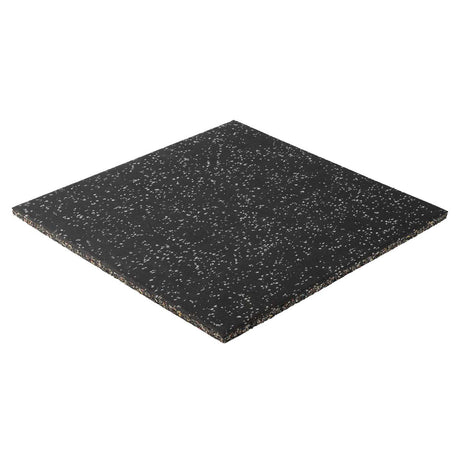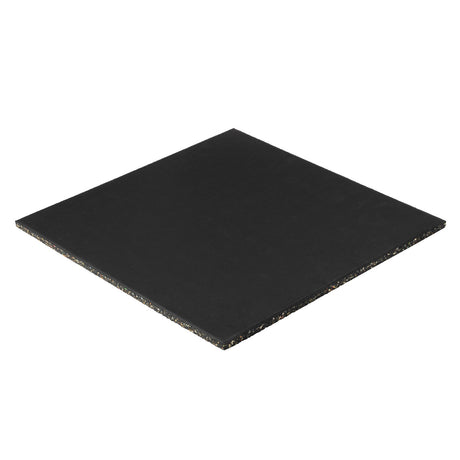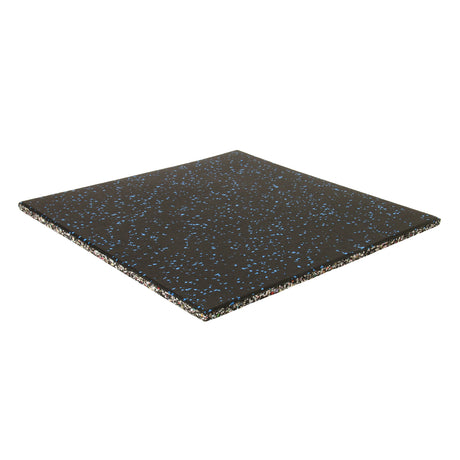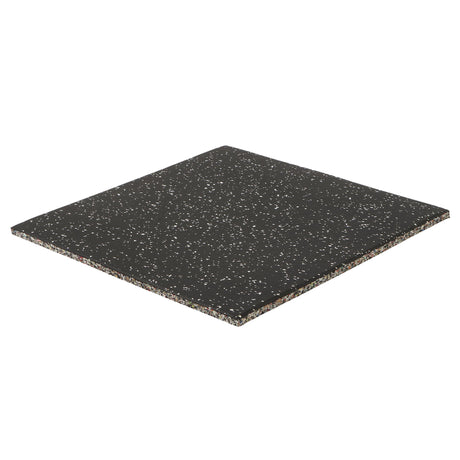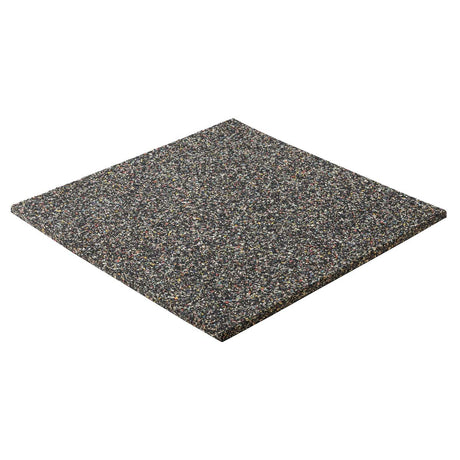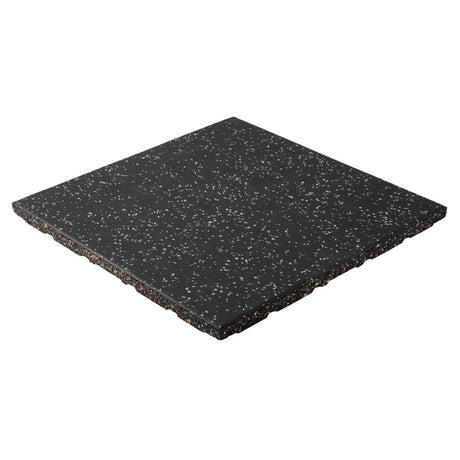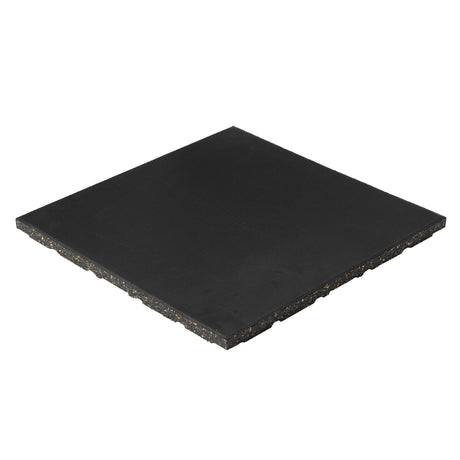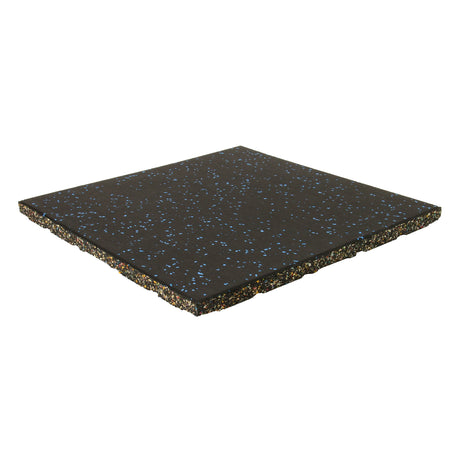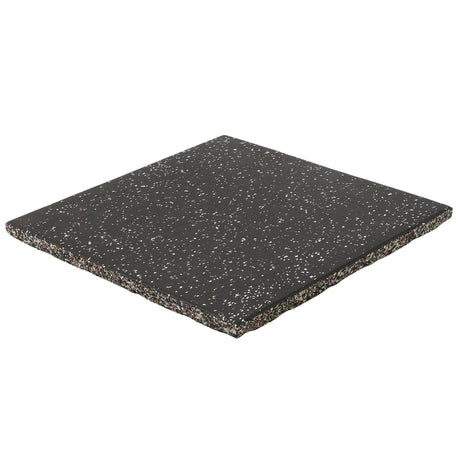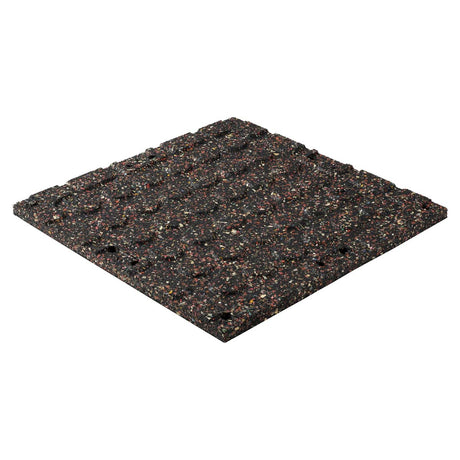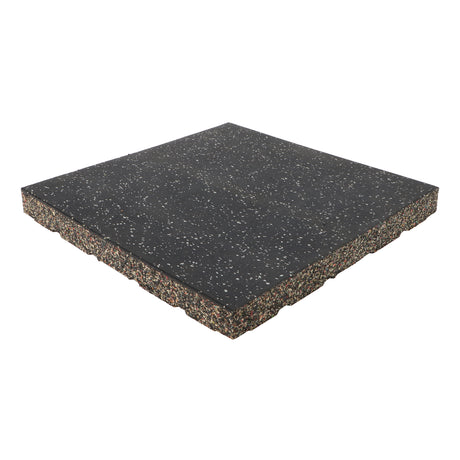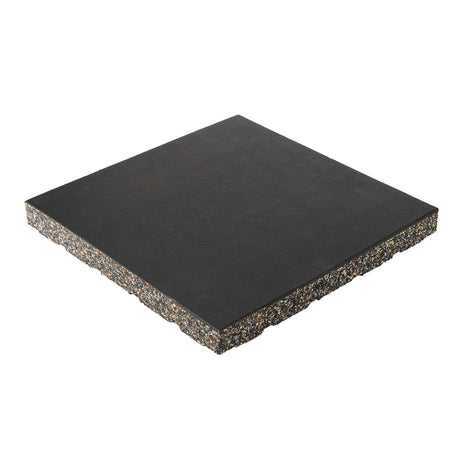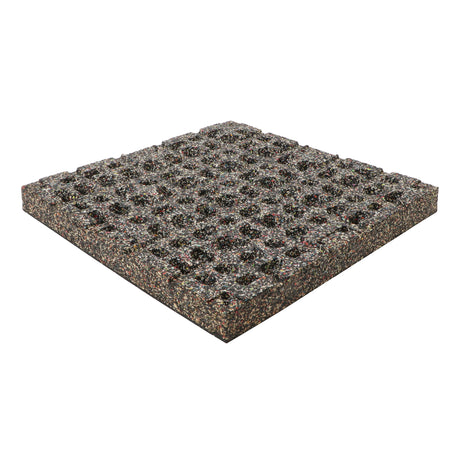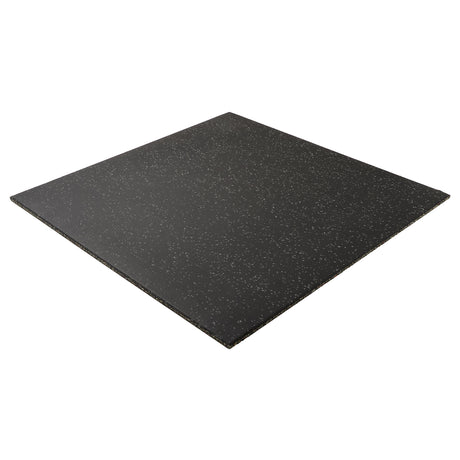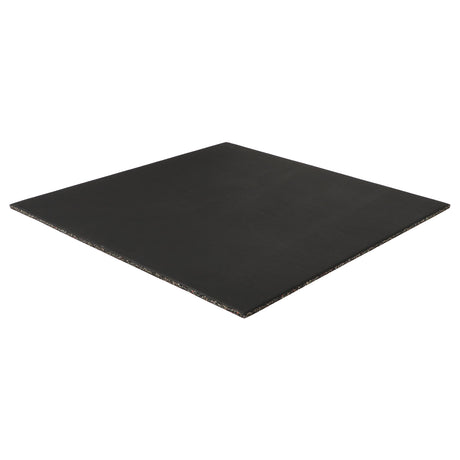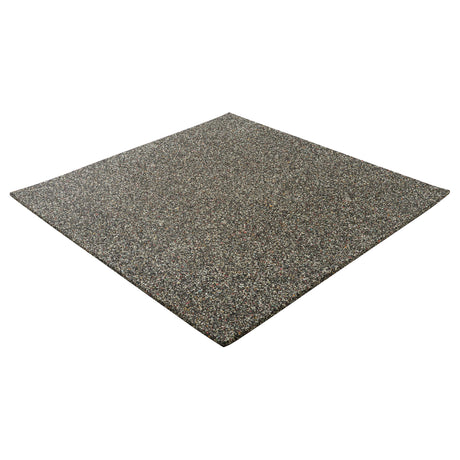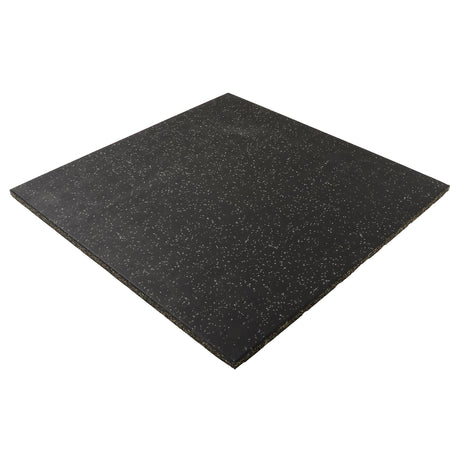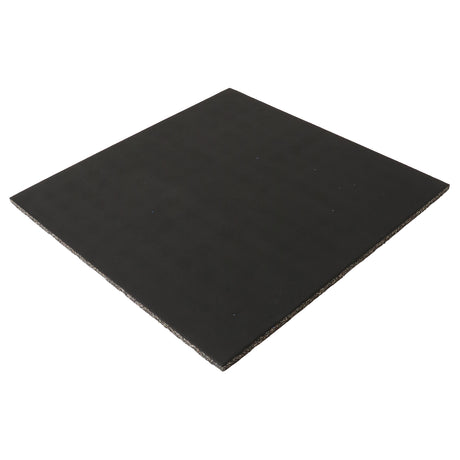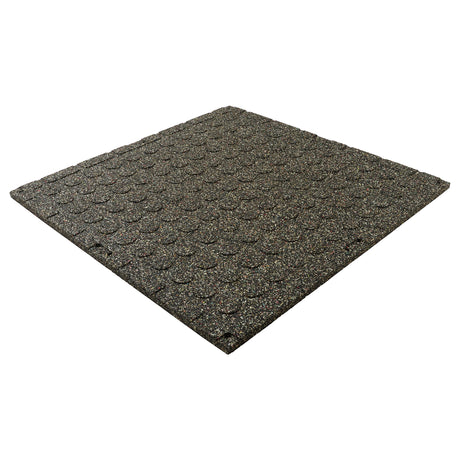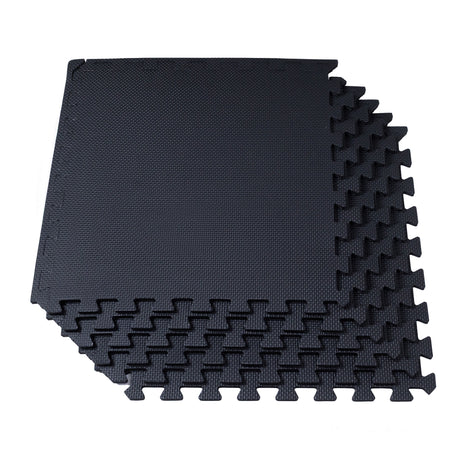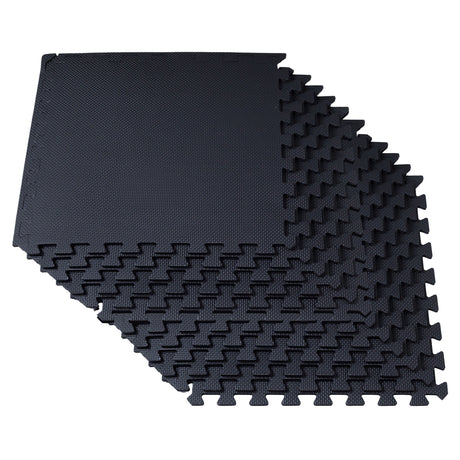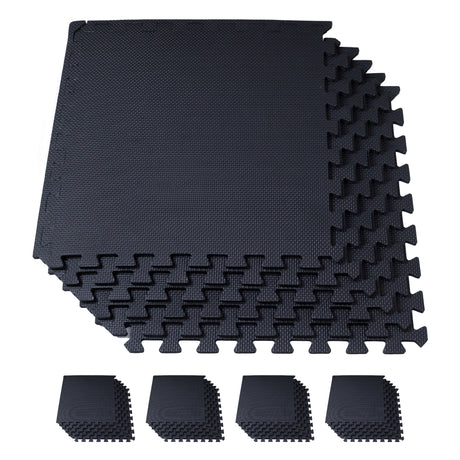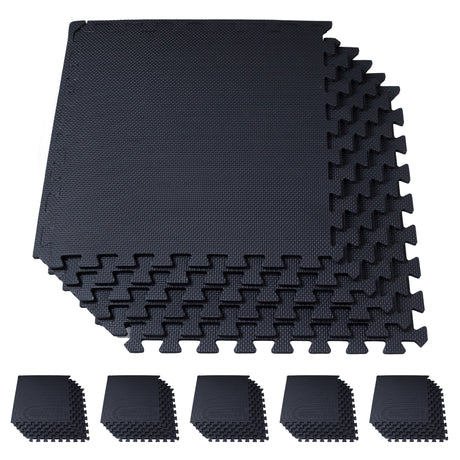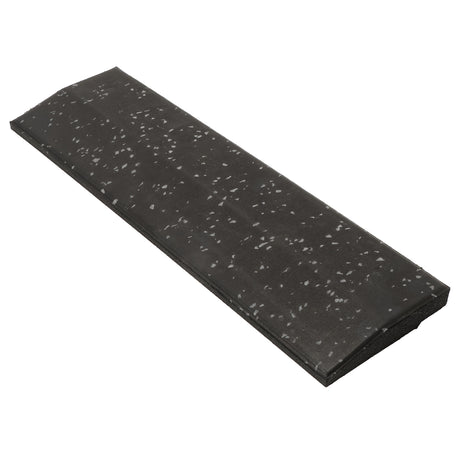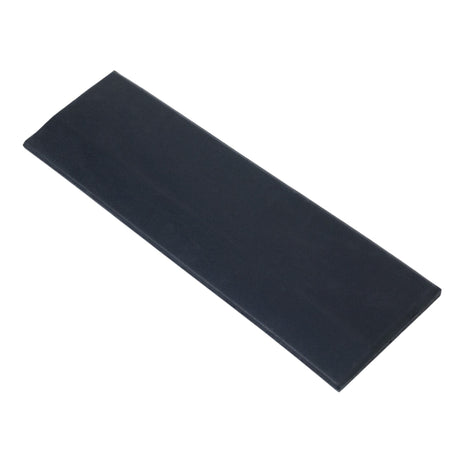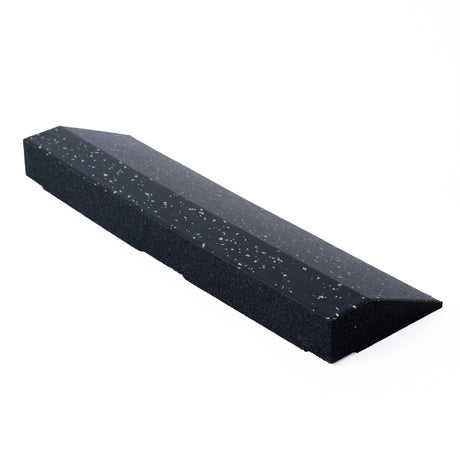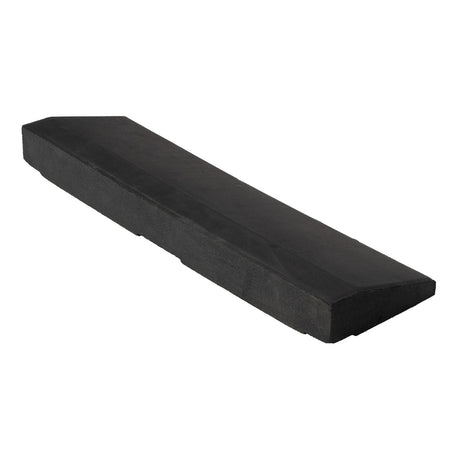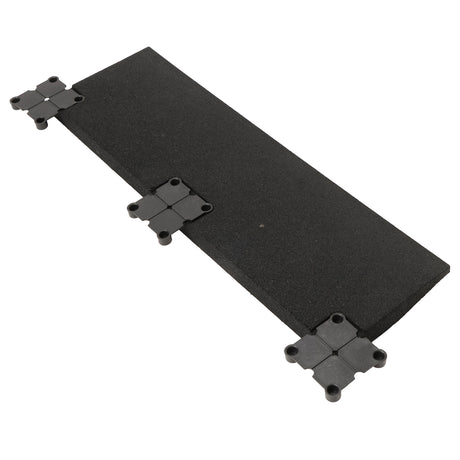We will provide a comprehensive explanation of the things you should consider when creating a home gym, such as floors, floor plans, interior decoration, rental contracts, training equipment, etc. My name is Yu Kihara ( @the9rapp1er ) and I am a home gym trainee.
In the past, I built a home gym in a 6-tatami and 10-tatami room, and currently I have a home gym in a 30-tsubo warehouse. During this time, I experienced various failures such as choosing the location, equipment, and how to use the budget.
We've explained everything in detail to help you create the best home gym environment, so if you're thinking of starting a home gym or don't know how to choose a location or training equipment, please refer to it.
<Table of contents>
Thinking about the ideal home gym environment and the strength of the floor required for a home gym and how to reinforce it ① Rubber mat to prevent the floor from being scratched ② Plywood to distribute weight ③ Rubber mat to prevent slipping Home Points to note regarding gym floor plans and room height Points to note when creating a home gym in a rental house Selection of training equipment for a home gym
① How to choose an Olympic shaft that is suitable for your home gym ② How to choose a plate that is suitable for your home gym ③ How to choose a power rack that is suitable for your home gym ④ Other useful training equipment for your home gym Frequently asked questions about selecting training equipment Postscript
Think about your ideal home gym environment
This may be a sudden question, but is the place you currently live in suitable for a home gym?
Home gyms come in a variety of formats, such as a room in a rental house or a built-in garage, but in order to train safely and comfortably at home, location selection is extremely important, and this will greatly affect the range of training you can do. Masu.
For example, commercial gyms often have concrete floors that allow you to drop a barbell during a deadlift. However, if you do that in a normal house, the floor will be damaged. The repair costs are also not cheap.
Just like you can't play baseball indoors, you will need to provide your own place to train.
Of course, you can do it while being careful, but I doubt if you can train to your fullest. There was a time when I myself was training in a rented house, and I remember that it was very stressful, as there were incidents such as conflicts with the landlord.
The current home gym and the process of creating the gym
I purchased a piece of land with an old warehouse on it to build my dream home gym. The warehouse is approximately 30 tsubo in size, and a little less than half of the small roof has been renovated.
The renovation included constructing walls and ceilings using plywood, installing interior work such as mirrors and downlights, installing air conditioners, and laying mats. We also installed insulation between the walls and ceiling of the existing warehouse and the plywood.

The floor was originally made of dirt concrete and a 15mm rubber mat was placed on it, so there would be no problem even if you tried to drop a heavy weight by deadlifting or put a power rack, cable machine, leg press, etc. that weighed over 300kg. There is no.
The height is 270 cm and the area is 26 tatami mats, so you can store all kinds of equipment except for some crazy overseas machines.

I wasn't particularly conscious of the soundproofing effect, but since the building is insulated and has no windows, people around you can hardly hear it even if you play loud background music. I think one of the conditions for the best home gym is to be able to train while speaking loudly and playing music without worrying about those around you.
By the way, the windowless structure with insulation has good air conditioning, creating an ideal temperature-wise environment that stays cool inside even when it's hot outside.
The only mistake I made in the interior was not installing a ventilation system. I thought it would be okay if I had an air conditioner, but some air conditioners allow ventilation and others don't, and it seems that many cannot. Because of this, the room still smells like rubber, so be sure to prepare a ventilation system.
The mirrors are 130cm long and are arranged on three sides with a total length of about 10m. It is placed at a height of 50cm from the floor, so if you are at this height you will be able to check your form during any training session without any problems unless you are over 190cm tall.
Another benefit is that the three-sided design makes it easier to check the back. If you have the budget, we recommend going with such specifications.
It is a home gym with the above specifications, and these are the specifications of the home gym that I recommend. I think there are probably few people who prepare a home gym from a warehouse to create a home gym, so in this article, I will break it down into several patterns for each environment and explain how to create the optimal home gym for each environment.
The strength of the floor required for a home gym and how to reinforce the floor

When building a home gym, I think the most important thing you are concerned about is the strength of the floor. I also receive questions from many people on Twitter. I think getting rid of this concern about the floor is the first step to creating your ideal home gym.
The most reliable method is to prepare a concrete room with an earthen floor either indoors or in an annex, and lay out a mat. I think it would be a good idea to use a built-in garage if it is a new construction, or a garage or prefabricated structure if you own a home. If you are renting, there will be no problem in terms of strength if you move into a rental building with a straight floor structure made of reinforced concrete.
However, I think many people want to create a home gym in their existing room. Especially in a wooden room, training that involves dropping the barbell on the floor during deadlifts and cleans is not recommended.
However, if you are not going to do such events, reinforcing the floor of a wooden building will make it strong enough to withstand heavy objects such as racks. There are three points to consider when reinforcing floors:
①Rubber mat to prevent scratches on the floor ②Plywood to distribute weight
③Rubber mat for anti-slip/earthquake protection
We will explain each item in detail.
①Rubber mat to prevent scratches on the floor of your home gym
When it comes to rubber mats, there are many opinions that recommend softer or thicker ones for their earthquake and soundproofing properties, but there is no big difference. If you want to prevent scratches, you can use a rubber plate like the ones on the page below sold at home centers.
https://www.monotaro.com/p/2706/8588/
One thing to be careful about is products that are made of EVA material, which is not rubber. EVA rubber mats are not suitable for this purpose as they may melt and stick if left on the mat for a long time.
② Plywood to distribute weight on the floor of your home gym
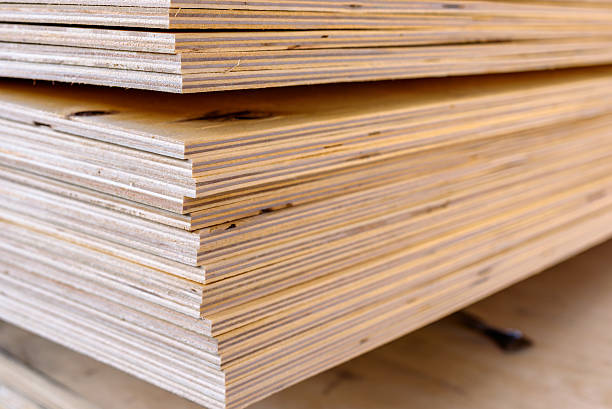
Next is plywood to distribute the weight. For example, in the case of a typical 6 tatami room, the overall load capacity is approximately 1,800 kg, but there is a risk that the floor will collapse if the pressure is concentrated. To prevent this, it is necessary to distribute the load, and plywood is used for this purpose.
They are sold at home centers, so please purchase the largest size possible. It will be a problem if it doesn't fit in the room, so please consult with the store staff and have them cut it to a size that will fit inside the room. Plywood or thin material will work, but it will warp over time, so we recommend 9mm ordinary plywood.
③Rubber mat for anti-slip/earthquake protection
Lastly, there is a rubber mat for anti-slip and earthquake protection. This should be chosen carefully as it affects appearance. There are many different types of mats on the market, but if they are too soft, they may sink during training, which can be dangerous, so you should definitely buy the ones recommended by the training equipment manufacturer.
My recommendation is GYMMAT's rubber mat for gym use.This is a rubber chip mat that is also used in commercial gyms, and is also a highly cost-effective product for home gyms.
 Gym rubber mat 50cm x 50cm thickness 25mm gray
Gym rubber mat 50cm x 50cm thickness 25mm gray
You can cut this rubber chip mat with a cutter and install it yourself. By reinforcing these floors yourself, you can create a training room that can withstand even high-intensity training. However, the durability of the floor depends greatly on the property, so please do so at your own risk.
If you own a house, you can add reinforcements under the floor using steel bundles used to store heavy items such as pianos, so if you are still concerned about the three-layer structure described above, please consult your builder. please.
Notes on home gym floor plan and room height
Regarding the size and floor plan of a home gym, you will need at least 6 tatami mats of space to set up the equipment for training. This is the minimum size that will allow you to fit a 220cm barbell, set up a rack, and train without any problems.
If the area is smaller than that, you will have to be careful about transporting equipment, and during training, for example, you will be at the edge of the wall when attaching plates, which can cause various stresses.
On the other hand, if you have a space of about 10 tatami mats, you can also place a cable machine or fixed dumbbell set. You will need to expand the space in this area depending on the equipment you need.
As long as the height is 240cm or more, any tall rack can be installed. Depending on the manufacturer, the rack height can be adjusted, so you may not need to worry too much about it.
However, if you want to use a vertical barbell holder, you need to pay attention to the ceiling height, otherwise you will not be able to use it because it is not tall enough. Also, if you own your home, there is no harm in installing soundproofing and insulation. It costs more, but the comfort is different.
Things to keep in mind when creating a home gym in a rental house

I think there are many people who set up home gyms in their rental homes, so I would like to give you some advice to avoid any problems. I also built a home gym in a rented house, but I think that if I had kept the following points in mind, I would not have felt sick, so please use this as a reference.
① Consult with the landlord in advance and obtain written consent.
This may be difficult if you are already a tenant, but when you move in, it is helpful to have a special clause in the lease agreement stating that ``weight training is permitted as a purpose,'' in order to avoid problems such as noise. You can strongly argue that the use was approved if the use was approved. By the way, please be aware that if there is no mention of such special uses in the special notes in the rental agreement, it will be at a unilateral disadvantage. I felt bad because even though I had consulted with them, it was not mentioned in the special notes.
② What to do if damage is caused
Although this should not happen, in many cases you can use fire insurance if you cause a dent in the floor or wall. Fire insurance is compulsory insurance that you are required to take out when you move in. Training equipment is covered by insurance as household property unless it is used for commercial purposes. Many fire insurance policies provide compensation for damage to houses and household goods in the event of sudden accidents, so it would be a good idea to check the coverage of your insurance in advance. By the way, I had the experience of hitting a barbell on the door of a rented house and getting a dent, but it was covered by fire insurance. When I called and said, ``I hit the barbell,'' they responded normally. However, fire insurance cannot be retroactively applied once payment is made at the time of moving out, so if repairs are necessary, please contact your insurance company immediately.
Selection of training equipment for home gym
Now, it's finally time to choose the training equipment, which is the best part of building a home gym.
When writing this article, we conducted a survey on Twitter asking, ``How large should you build a home gym?'' About half of the respondents said 6-8 tatami mats.
I believe that this size is the one most in demand, so this time I would like to talk about how I would build a home gym, assuming a space of 6-8 tatami mats.
If you are a competitive powerlifter, purchase a combo rack, competition barbell, and precision plates. That's all from me.
If you are a trainee aiming for a general full body workout, we recommend that you start by purchasing an Olympic shaft and plate set, a rack, and a bench.
The reason is simple: training with the Olympic shaft is the heaviest weight and can put more stress on your body. We recommend installing these items first and then adding cables, dumbbells, and rack expansion accessories depending on your space, purpose, and budget.
Of course, if there are other things you absolutely need in addition to the rack, consider the size of the room accordingly.
I'm sure there are many different opinions on training methods such as dumbbells, cables, tubes, and bodyweight training, but I will not go into details.
① How to choose the right Olympic shaft for your home gym
No matter what your training purpose is, we recommend that you have at least one 20kg, 220cm Olympic Bashaft. This shaped barbell is the standard and is essential equipment for basic training centered on BIG3.

When you actually put it in your room, the length of 220 cm will feel quite long. However, if you place it in the center of the room, there will be enough space to attach plates from both sides even if the area is 6 tatami mats.
Below are some differences in the specifications of straight barbells.
Uses of Olympic shafts in training
There are three main types of use: powerlifting, weightlifting, and multi-purpose use in between. If you are not a competitive barbell and are only purchasing one barbell, it is wise to choose a multi-purpose barbell.
The multi-purpose barbell can be used not only for normal strength training, but also for training according to each sport, as it has two marks on the shaft (81cm line for powerlifting and 91cm line for weightlifting). You can also do
Olympic shaft strength against rust and corrosion
The barbell has been given various surface treatments to ensure that it can be used cleanly for a long period of time. However, since it is a home gym, it is not used by multiple people like a regular gym, so I don't think there is a need to be so particular about it.
I would like to introduce some surface treatments.
・Hard chrome
Standard barbell coating. This is sufficient for personal use. If left in a humid place, rust will appear, but regular maintenance can prevent rust from forming.
・Cerakote Cerakote is a surface treatment originally used for military heavy weapons. It is said that it boasts unparalleled rust and corrosion resistance compared to surface treatments before the appearance of Cerakote. Based on the things I own, the things I've touched, and the information on the internet, I get the impression that quality varies depending on the manufacturer.
・Stainless Steel This is a material rather than a coating, but it is also extremely rust-resistant. However, depending on the manufacturer, the knurling (the jagged part of the barbell handle) may be rough, so we recommend checking this before purchasing.
Specifications of the sleeve (the part where the plate is attached)
Sleeves are available with grooves (threading sleeves) and without grooves. The grooves make it easy to attach and remove the plate, but it also makes a distinctive metallic sound. The sound may be disturbing to some people, so please be careful if you are building a home gym in a rented space.
② How to choose the right plate (weight) for your home gym
There are three main types of plates (weights), and we will introduce each of them.
bumper plate

Bumper plates are strong, thick, hard plates designed to be dropped during deadlifts, weightlifting, etc.
The advantage is that in addition to being strong, it has a colorful appearance that makes it look great in photos.
The disadvantage is that it is thick to provide strength, making it difficult to handle. By the way, the center part of the circle is metal, so it's quite noisy. Therefore, we do not recommend it unless you intend to make it look good in photos and you will not let it fall.
I first purchased a bumper plate for my home gym, but since I was renting it, it was not easy to use and I had a lot of trouble using it. On the other hand, it is recommended if you are in an environment where you can deadlift.
grip plate

The grip plate is a steel plate coated with rubber or urethane.
This type of plate is also used in many fitness clubs, has a handle, and is quiet during training, making it the most recommended option for home gyms.
To name a few drawbacks, it may crack when used for deadlifts or cleans. However, this is only after years of use in a public gym, and it is durable enough for personal use.
Rubber plates are also inexpensive even for commercial use, so they are perfect for home gyms in that sense.
③ How to choose the right power rack for your home gym

Next, let's talk about how to choose a rack. There are four main types of racks: combo racks, power racks, half racks, and squat racks (squat stands).
If you can afford it, we recommend a power rack or half rack.
These two have a part called plate storage that stores the plates, and they are both space efficient and easy to use in the limited space of a home gym. It looks better if the plate is stored in the storage.
When I built a rented home gym, I used a product called a combo rack that I use for powerlifting competitions, but since I didn't have storage, I ended up laying the plates on the floor, and it was a pain to pick them up.
When comparing a half rack and a power rack, I think the disadvantages are that the half rack is less safe when squatting because there is no part to catch you if you fall backwards, and the power rack takes up more space.
Both items will fit even if the area is 6 tatami mats, but if you have limited space or height to place the rack, or you don't have much budget, you can use a squat rack (squat stand). is recommended.
④ Other useful training equipment for home gyms
adjustable bench

If you purchase the Olympic shaft, plate, and rack set, we recommend purchasing the adjustable bench as well. Adjustable bench with adjustable angle An adjustable bench with adjustable angle is convenient.
By using this type of bench, you can train at a variety of angles. It is easier to use a chair that allows you to adjust the seat and back separately, so be sure to check the specifications before purchasing.
dumbbell

Dumbbells allow you to further expand your training. There are two types of dumbbells: fixed-weight ones and adjustable dumbbells, which allow you to change the weight. The disadvantages of fixed types are that they are expensive and take up space, but when lined up on a wall, they create a gym-like feel.
Adjustable dumbbells are space-efficient and cost-effective, but compared to fixed dumbbells, they are less easy to use, so I think they have both advantages and disadvantages. When purchasing adjustable dumbbells, we recommend pin-type dumbbells like the Power Block, which are structurally unbreakable. I once broke an adjustable dumbbell with a complicated mechanism.
weight stack machine

In order to increase the variety of training, I have introduced cable machines and leg machines, but the feeling of use depends on the type of exercise and bone structure, and the ones I would recommend are from major manufacturers such as Life Fitness. Since the amount is not realistic, I will omit it. If you have the space and money, please check the usability with the actual product before considering installing it.
There are many people who are considering installing a cable machine called an adjustable pulley (as shown on the right in the photo) (including the composite type machine described later), so I would like to tell you about two things to keep in mind. There are two things to consider: cable range of motion and weight increments. If these do not match your purpose, you will find it quite difficult to use, so please check the specifications before purchasing.
Frequently asked questions about training equipment selection
I'm often asked about this, so I'd like to touch on some types of equipment that I don't use. Please note that this is only my personal opinion and I do not recommend it.
Q. If you're only going to use it yourself, wouldn't home-use equipment be enough?
A. This may be sufficient if your purpose is short-term training. The reason I don't use household equipment is mainly because I'm concerned about durability. In my opinion, the most important thing about training equipment is that it can be used safely for long-term training.
There was a time when I used a home-made bench stand, but during training, a bolt flew off and the frame and bench came off. Fortunately, no one was injured, but depending on the weight and type of event handled, it could have been a serious accident.
I also haven't heard very good rumors about the durability of consumable parts. When you say it like this, it may sound like you are criticizing it, but please understand that it has this hidden quality when using it. Of course, the low price is a big advantage.
Q. What about so-called all-in type equipment?
A. I don't think it's necessary to hire one if you have the space. If you have limited space, this may be an option. The all-in type is a space-efficient machine that integrates a cable machine, Smith machine, rack, etc.
It is true that you can do a variety of training with one machine, but there are many opinions that so-called Chinese OEM machines are difficult to use, so if you choose one, we recommend choosing one from a well-known manufacturer. .
Afterword
Thank you for taking the time to read this article. Before I built my current home gym, I had many bad experiences, such as wasting money and getting into trouble with people.
I hope this article helps you create your ideal home gym without having to worry about such things.
In addition, if you have any detailed information that was not covered in this article, current dissatisfaction, interior design, warehouse renovation, etc., please feel free to contact us and we will respond. I would appreciate it if you could DM me on Twitter .
Please refer to the article below for information on how to choose a floor mat for your home gym.
A thorough explanation of how to choose the floor and mat for your home gym
Once again, thank you for reading to the end. We sincerely hope that you will create your ideal home gym.

